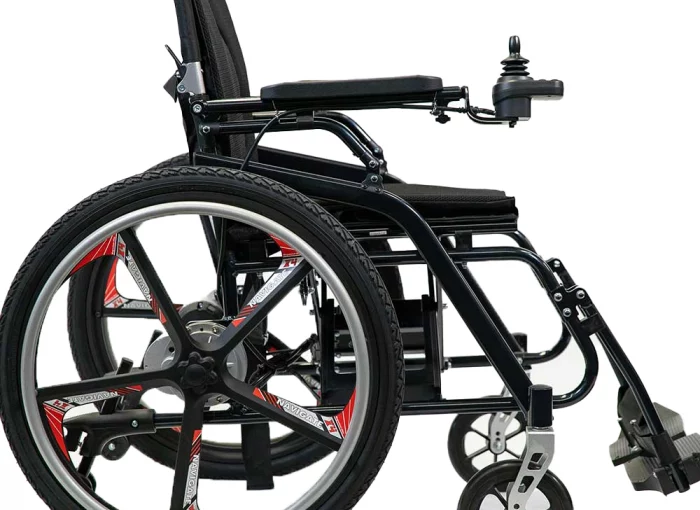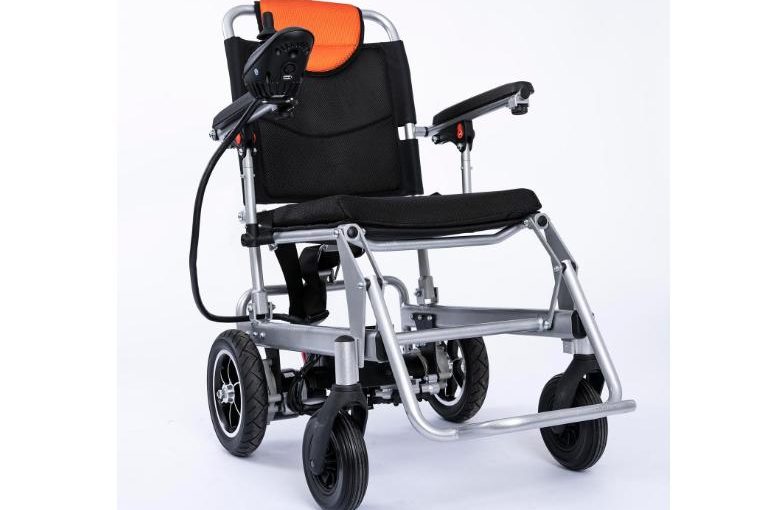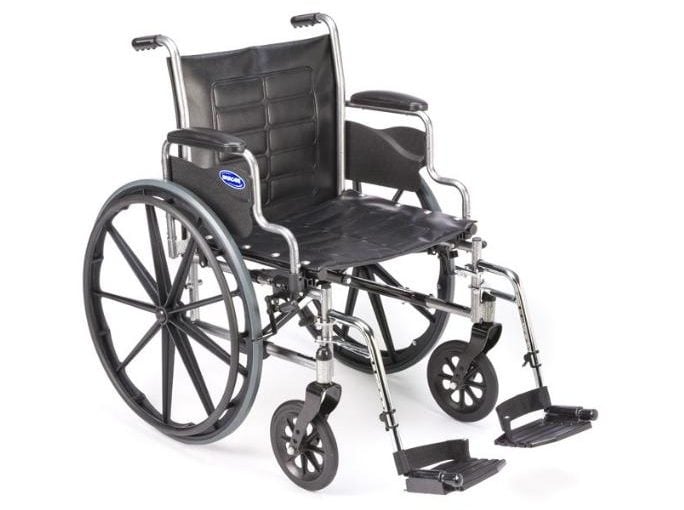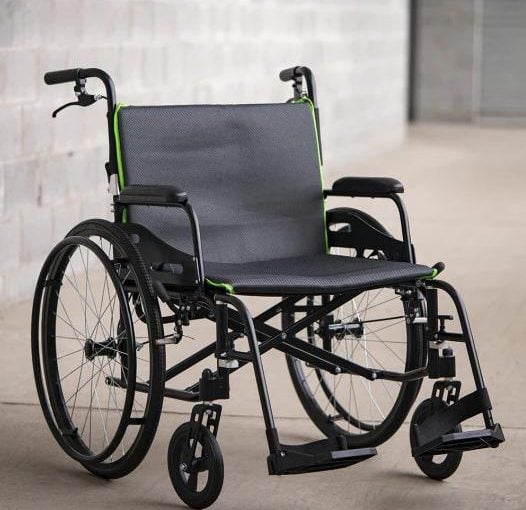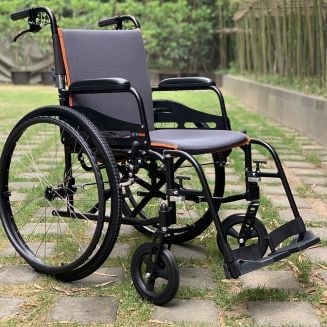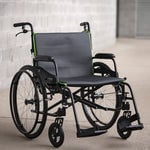Tag: wheelchair
Future Advancements in the Wheelchair Space
Continue reading Future Advancements in the Wheelchair Space
Cleaning and Disinfecting Your Wheelchair | 4 Things You Need To Know
Continue reading Cleaning and Disinfecting Your Wheelchair | 4 Things You Need To Know
4 Questions to Ask Before Buying a Wheelchair
Continue reading 4 Questions to Ask Before Buying a Wheelchair
What Is The Best Wheelchair For Heavy People?
Continue reading What Is The Best Wheelchair For Heavy People?
Your Guide to Buying a Wheelchair – What You Need to Know
Continue reading Your Guide to Buying a Wheelchair – What You Need to Know
